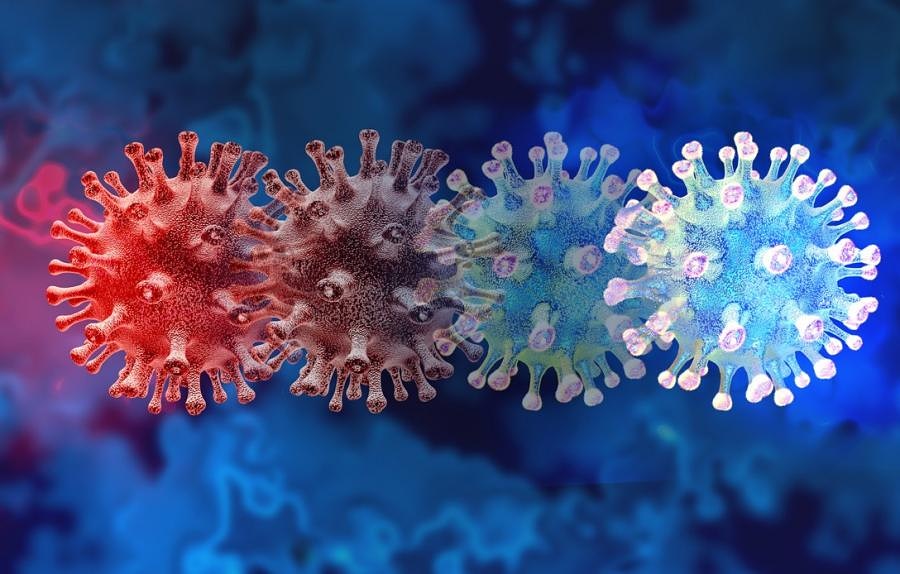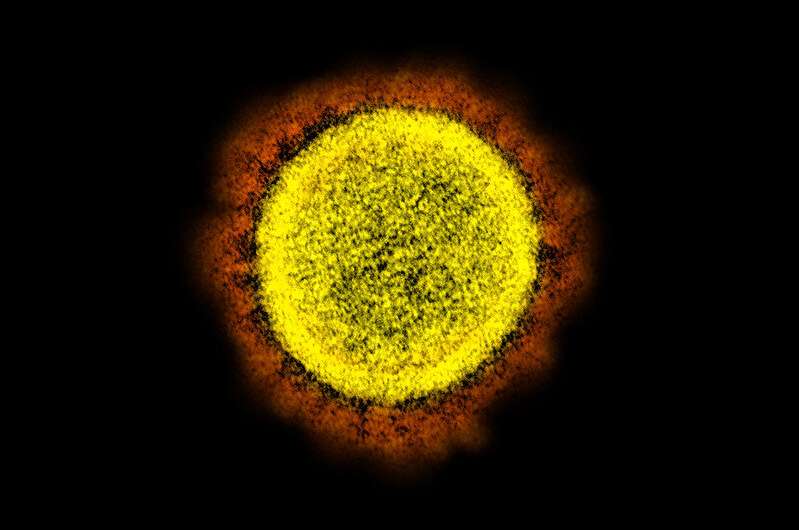Union Health Secretary Rajesh Bhushan on Tuesday announced that 807 cases of UK variant, 47 cases of South African variant and 1 of Brazil variant have been found in India.
brazil strain
Sequencing in Sars-Cov2 may help monitor evolution of mutants: Study
The last month of the year 2020 began with worrying news regarding new variants of SARS-CoV-2 that show increased transmissibility, first identified in the UK and S. Africa. Recent reports from South Africa mention concerns regarding lineage B.1.351 which has a mutation in the RBD of the Spike protein (N501Y) which may be associated with faster transmission and possible adverse illness in young and healthy individuals.
A study conducted on 200 samples identified 4 novel genetic variants and 89 variants that were exclusive to Kerala and not present in other parts of the country.
The mutation landscape of SARS-CoV-2 has been under constant global scrutiny to understand the effect of these changes on the infectivity and antigenicity of the virus. While most mutations are of little to no consequence, sometimes the virus acquires a mutation that gives it an advantage over other strains. The Spike protein is used by the virus to enter human cells via the ACE2 receptor. Thus, Spike mutations can potentially facilitate better affinity or binding and enable easier entry into the host cell, as seen in the case of the D614G mutation described in the preceding section. The receptor-binding domain (RBD) in the spike protein is the most variable part of the coronavirus genome. Mutations can putatively also render the virus resistant to neutralization by host antibodies and thus need to be identified and monitored for the efficacy of antibody therapeutics.
Genomic studies can aid in the identification of the origin of the virus and possible sources of transmission to humans. Zoonoses are infectious diseases transmitted from animals to humans and can evolve to become efficiently transmissible human-to-human infections such as malaria, SARS, HIV, pandemic influenzas and, most recently, COVID-19. Transmission of the causative pathogens from animals to humans and livestock can be via many routes such as infected meat (wet markets, wildlife trade, contaminated feed), direct contact with the pathogen (carcasses, fresh meat), contamination of water and produce, as well as air-borne and vector-borne (mosquitoes, ticks, rodents) routes.


